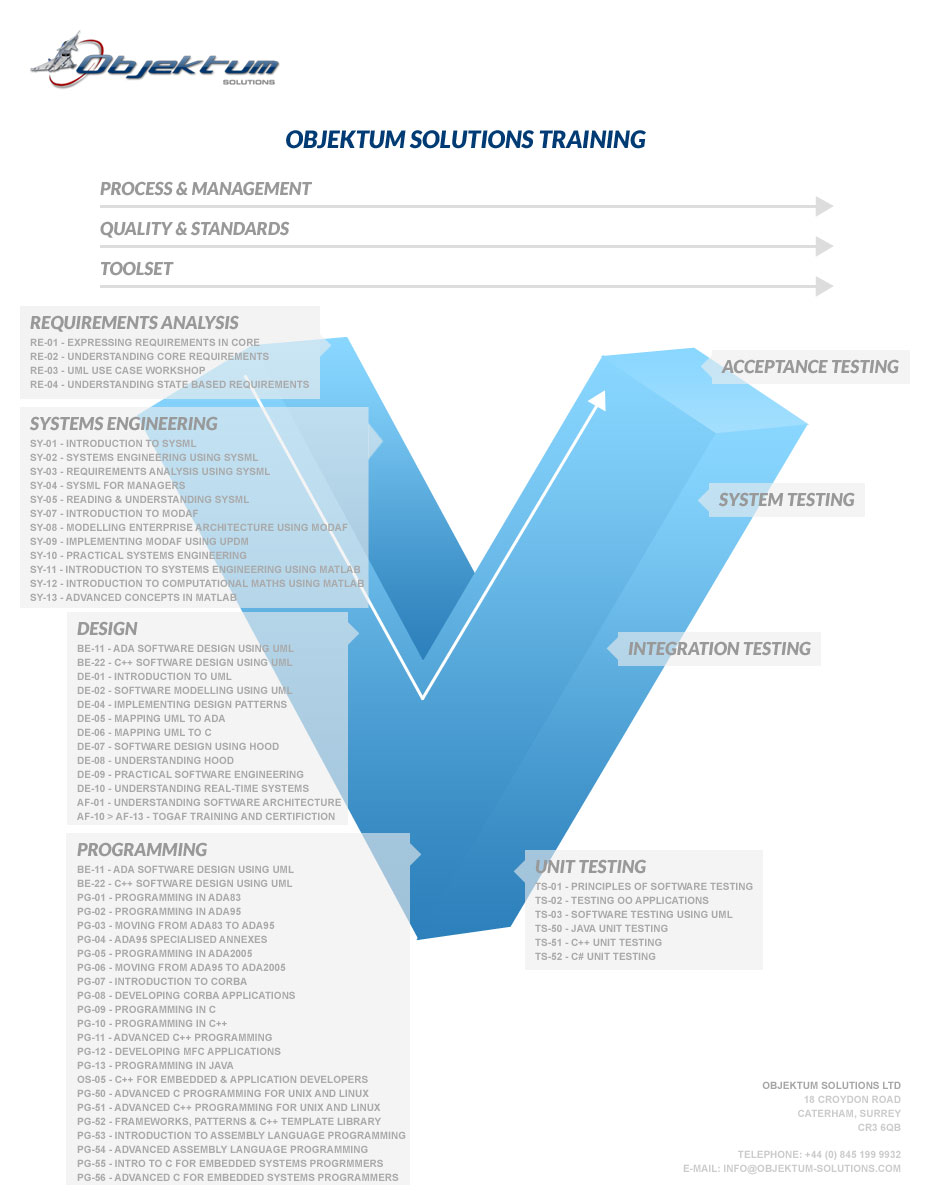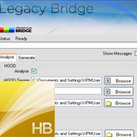

case study - LEGACY MODERNIZATION AND MANAGING OBSOLESCENCE



The Issue
Our client, SELEX Galileo, a global leader in defence technologies, specialising in airborne mission critical systems and a wide range of battlefield capabilities, had recently won a contract to supply defensive aids on a major multi-national project. A solution had already been developed using HOOD, an early 90s design methodology. In order to enhance the existing system the HOOD design first needed to be migrated to a modern, supportable technology such as UML.
To perform this migration manually would have been prohibitively expensive and taken several man years. In addition there were other risks, associated with the migration, including; project delay and human error. The challenge was to find a cost effective way to migrate from HOOD into UML and in such a way that it conformed to current software development practices and maintained design integrity.
The Solution
Objektum deployed Legacy Bridge to implement the required solution. We used the configured HOODBridge, which is a standalone utility that migrates HOOD design information into a UML model without loss of any design data or integrity.
HOODBridge analyses the HOOD design and builds a readable, navigable intermediate view that can be checked before UML model generation. Once the HOOD design has been migrated, projects can then exploit the richness of the UML notation to further develop their systems.
As the client required a highly tailored and project specific solution, we worked closely with their engineers so that they could influence the tailoring of HOODBridge to suit their needs. For example, our client was using IBM’s Rhapsody toolset for UML model generation. To fit in with this modelling environment we tailored HOODBridge by developing an interface so that it could support full Ada83/Ada95 and implemented the Rhapsody model generation.
This activity also led to several other significant changes being made to HOODBridge. These changes included:
- Incorporating project specific mappings between elements of their HOOD designs and the Rhapsody Model.
- Incorporating the AdaBridge and changes to the Ada/HOOD analyser so that it could integrate with the new Ada Parser and implemented full Ada support.
- Developed a new feature that allowed the client to synchronise changes in source code with the model.
The Outcome
The client has been able to effectively move away from a design method, which carried risk of tool and skill obsolescence and are now able to benefit from the more modern UML standard.
Objektum and the HOODBridge have protected the client’s substantial investment in technology and have allowed timescales to be cut as well as providing significant cost savings. With the new features developed specifically for this project, the client can reconcile the design information and the code base for the software so that it is maintainable for the future.

What was the deciding factor to choose Objektum and Legacy Bridge to migrate?
Objektum had already been through similar exercises of migrating from HOOD to UML albeit to a different UML toolset with another organisation similar to ours. Legacy Bridge has the facility to bring across our HOOD artefacts, as well as synchronising the design with the current code.
How was it working with the team at Objektum?The support provided by Objektum was excellent, with most problems being resolved within days (if not hours) of being reported. This enabled us to keep up the impetus of the migration process without have to wait too long for tool updates.
What benefits does migrating to UML give you for the future?We now have both our software analysis and software implementation models in the same toolset; with both of these models integrated with our requirements database and our configuration management system. All three toolsets are widely used across the company and across industries.
View Bespoke Training